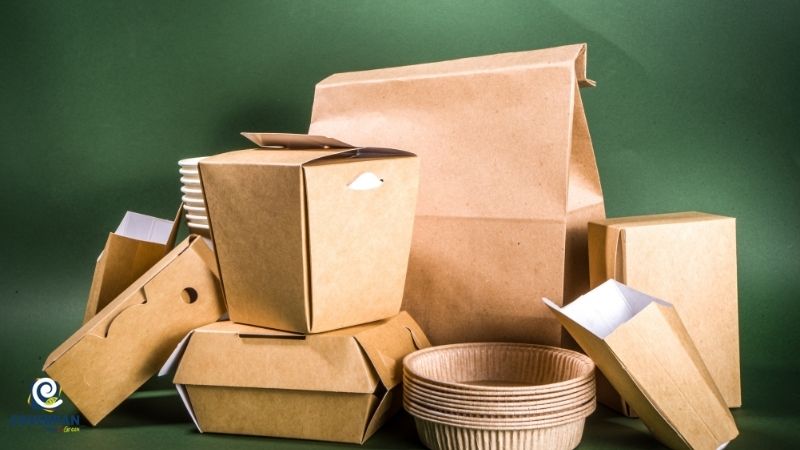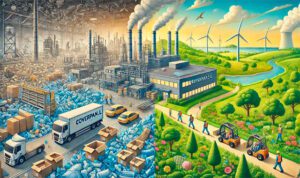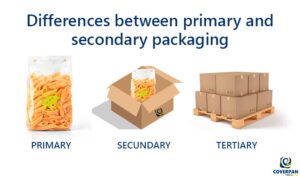Sustainable packaging is in the spotlight because of the recent Europe 2030 commitments to achieve the goal of “smart, sustainable and inclusive growth” over the next decade.
However, the future of packaging depends on three key factors:
1. The shelf life of the products to be packaged.
2. The safety of the packaged products.
3. The environmental impact of the packaging.
In the agro-food sector, plastic is a solution for the first two factors, but less suitable for the last one.
The 2030 agenda calls for all packaging to be reusable and recyclable. The biggest challenge for this is to ensure that new sustainable materials retain the same “barrier properties” and other functions as plastic solutions.
Achieving this target requires a good strategy and collaboration from manufacturers through intermediaries to consumers. This ensures the future of sustainable packaging.
What will be the key issues in the future of packaging?
The packaging industry is evolving to find a balance between the three main factors for packaging sustainability mentioned above: shelf life, product safety and environmental impact.
According to experts, the future of packaging revolves around 4 aspects:
1. Eco-friendly design
Based on the idea that packaging designs are there to recycle and enhance the Circular Economy, aiming to reduce food contamination and waste.
For this idea to flourish, it is important to note that two paths have to be taken:
– The use of a single material in packaging.
– Taking the end consumer into account in the transformation of packaging.
2. Use of a single material
The future here lies in what to do with the packaging after it has been used. In order to make the packaging recyclable, is recommended to use monomaterials or packaging made of a single material, since they are easier to recover or recycle.
According to specialists in the sector, studies are being carried out on the optimum material for this aspect, but no conclusion has yet been reached, since “each has its advantages and disadvantages”.
3. Promoting recycling
Nowadays, in Spain we have good legislation regarding the recycling of packaging. This has not always been the case when it comes to the recycling of food packaging.
This has led to a delay in terms of the supply of sustainable packaging compared to a totally globalised demand, which is why, in order to continue making progress in this area, we must speed up the supply of sustainable packaging:
– The supply of recyclable packaging to the general public needs to be speeded up.
– Technology of packaging machines needs to be improved.
4. Inform the final consumer about the recycling of plastic packaging.
In order to meet the main recycling target of the 2030 Agenda, consumers should be provided with packaging that has simple and understandable labelling informing them about the packaging material and its level of recycling according to its sustainability.
At COVERPAN we believe in the future of sustainable packaging.
We are very committed to the 2030 agenda and that is why we bet onto PackInGreen®, that is, to a world free of plastic packaging. In this way we contribute to the Circular Economy, a compromise for which we offer a complete range of BIOBASED, BIODEGRADABLE and COMPOSTABLE packaging. To this end:
– We reduce wastage of raw materials and optimise manufacturing by working on a daily basis to reduce our waste.
– We reuse materials for R&D tests or to register prints before starting to manufacture an order.
– We recycle the waste we generate by collaborating with authorised waste managers who treat the products we discard appropriately.




